Llety’r Filiast
Llety’r Filiast translates into English as "The Lair of the Greyhound Bitch". It is a ruined Neolithic burial chamber situated on the Great Orme. Most of the stone from the cairn has been taken over the years, but it is thought that when it was originally built it would have measured thirty metres long and ten metres wide, and been vaguely egg shaped.

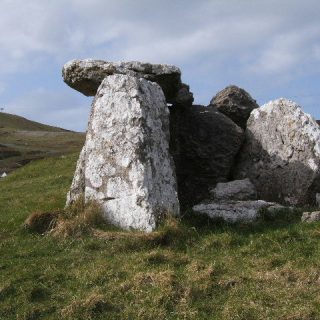
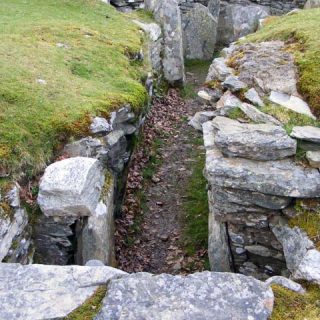
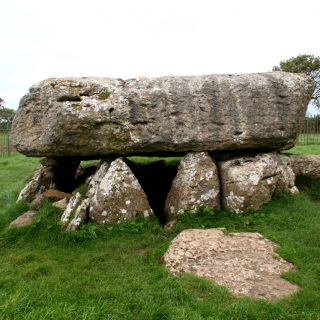
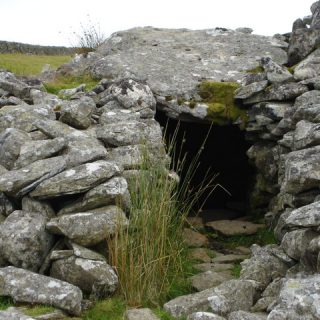
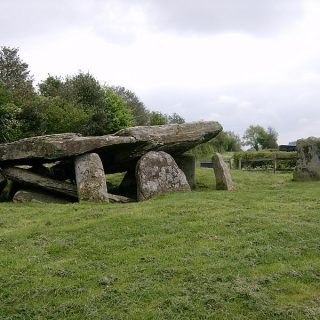
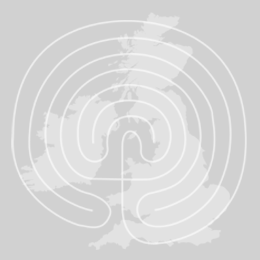

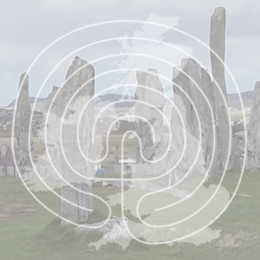
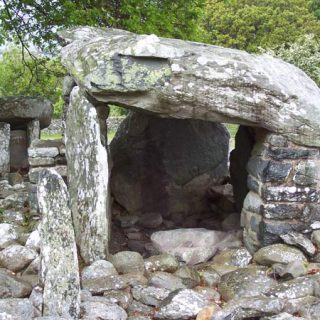
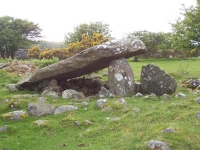
Recent Comments